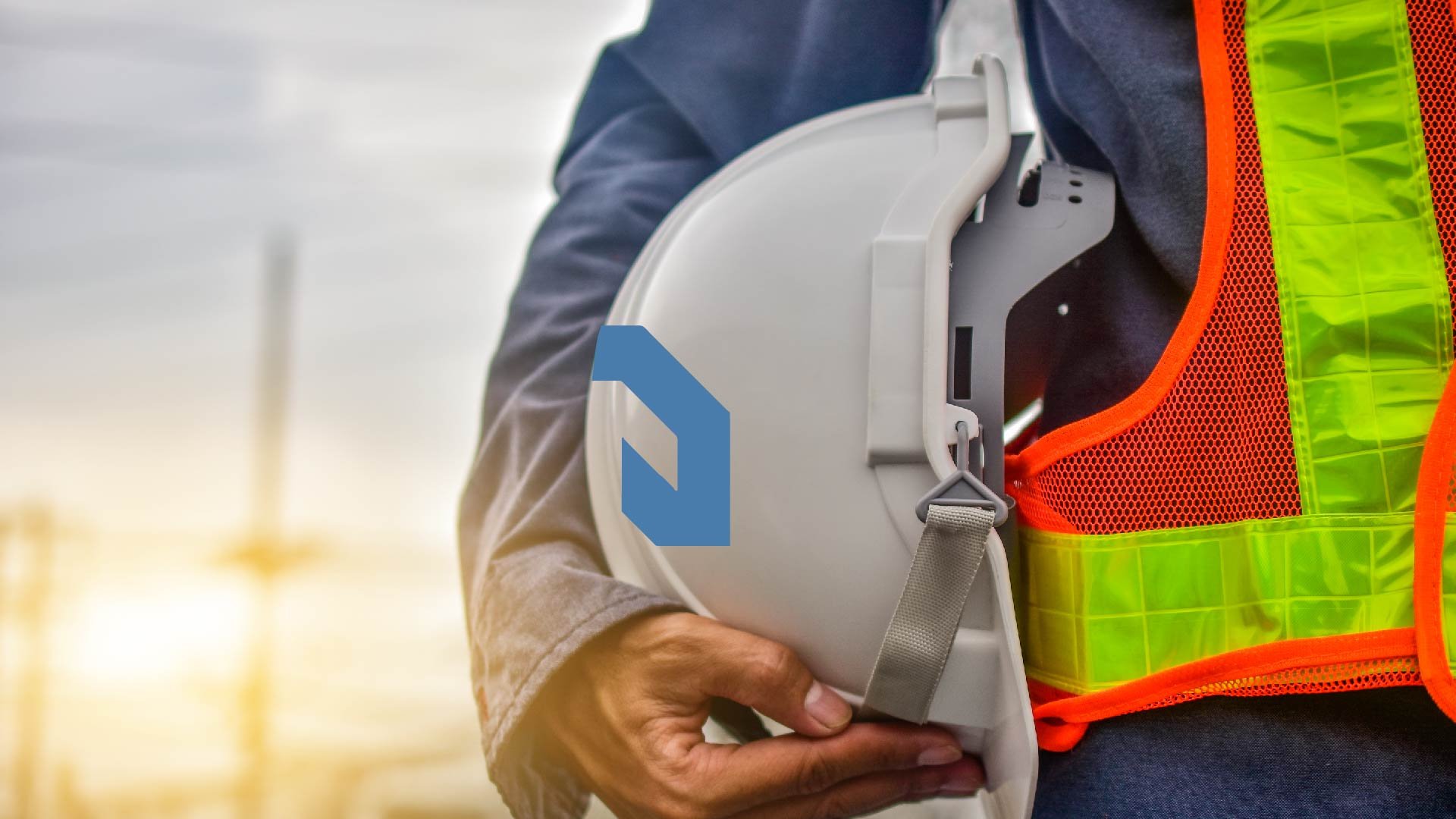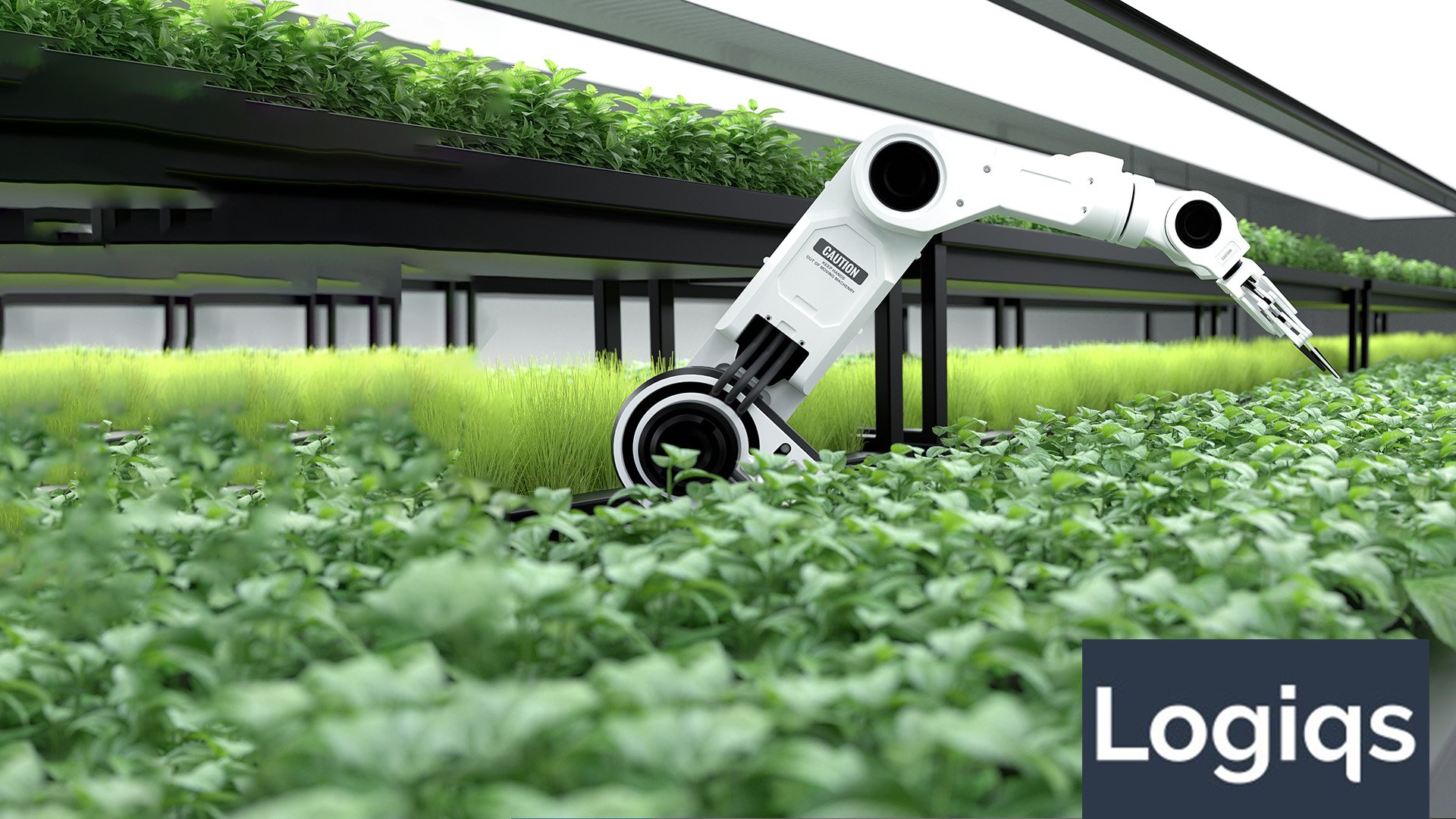Results
From manual counting
Basic applicationsTowards optimal traceability
Abundance of data
Tech stack
Used tools & technologies- Xamarin
- Server-Blazor
- SignalR
Before a chicken breast reaches the supermarket, the piece of meat has already traveled a long way: from farmer through truck to processor. Whereas Marel used to simply supply machinery, today the international market leader in meat processing systems is increasingly a software organization. And that requires specific knowledge and expertise.
Around the world, Marel helps to ensure that red and white meat (from cattle, pigs, poultry and fish) reaches stores smoothly and quickly, taking into account strict quality requirements. Team Rockstars has supported Marel for years, including from the development team working on solutions for the poultry industry.
TRACEABILITY AND DATA PROCESSING
“We have developed the conveyor system ATLAS at Marel, which is linked to our Food Processing Software Innova,” says Marc Caessens, Software Engineering Manager Industry Solutions at Marel. “From Innova, we control various machines, from label printers to weighing stations. At ATLAS, however, it’s not about control but about traceability. We want to see from every animal that arrives at the processor which route it has taken. From which farm did it come, in which truck with which driver was the animal transported and in which tray did it sit?”
“All trays are equipped with RFID chips,” adds Bob Toebes of Team Rockstars. “With our team, we developed a handheld scanner to easily read all the information. We used the Xamarin application, a framework for .NET that allows us to build an app that works on both Android and iOS. We also used Blazor, a relatively new front-end framework from Microsoft to make .NET code work in the browser. That’s quick to deploy without depending on many frameworks outside the Microsoft stack.”
Biggest challenge, according to Marc, is the fact that a lot of data needs to be processed. “The ATLAS system consists of several modules: conveyor belts, a stacker, the washer that cleans the trays, the section with thickeners, cross sections and corners in the conveyor belt. Each module has its own control. We communicate with each of those modules, and all that data has to be processed correctly. That takes place asynchronously; we don’t know exactly when we get what data from which machine. That involves a lot of data processing.” Bob: “As a software team, we try to act only on the most crucial information. We buffer this information where necessary so we give ourselves some processing time. The trick is to find a solution that is not overly complex but can handle exceptional situations such as network problems or power outages. Because even in those kinds of situations, the system must remain accurate.”
ALL THE FILLETS IN THE PICTURE
Once processed, all fillets are photographed by a camera system linked to Innova. Customers who want to buy the meat indicate which quality grade they want. That includes different requirements. If there are too many spots, bits of fat or muscle tissue, for example, a fillet is labeled B-quality and can be sent to another destination. Marc: “The system knows exactly what to do with each piece of meat. The Poultry team looked at how well the camera system works and what it provides and translated it into actions the machines need to perform.”
Bob: “As a poultry processor, you want to find a balance between what the customer wants and what’s available. So you want to turn the knobs to find an optimum. For example: if you allow one percent more fat, how many products end up in a different quality class? So we created a piece of software to show what happens when you change the parameters. We also developed a tool where you can dive deeper into the data. And there are a lot of them, because all fillets can be viewed individually and are given their own product ID.”
FEWER MANUAL STEPS
Bob is involved in several projects as a member of the Poultry team, including the development and rollout of a new “self service system” for truck drivers. First application was a brand new American factory. Bob: “When drivers arrive at the plant with a full truck, the trucks are weighed first. Before, drivers had to get out to hand over forms, now they can enter data from their cab on a touchscreen that is automatically linked to the trip and the truck. We made the link to the scale and developed the touchscreen, again based on Blazor.”
KNOWLEDGE AND DRIVE
Marel has been working with Team Rockstars for years, to their complete satisfaction. “The culture of the Rockstars matches ours,” Bob says. “They are young, but that doesn’t diminish their technical knowledge. That is excellent. And they are very driven, eager to do new things and also come up with their own ideas. That suits us well. Marel is a supplier of meat processing solutions that is in full transition to digitalization. We are innovating on several fronts and then it is great that external people also bring the latest insights.”
“The technical knowledge is excellent. They are very driven, eager to do new things and also come up with their own ideas.”
Marc Caessens, Software Engineering Manager Industry Solutions at Marel



